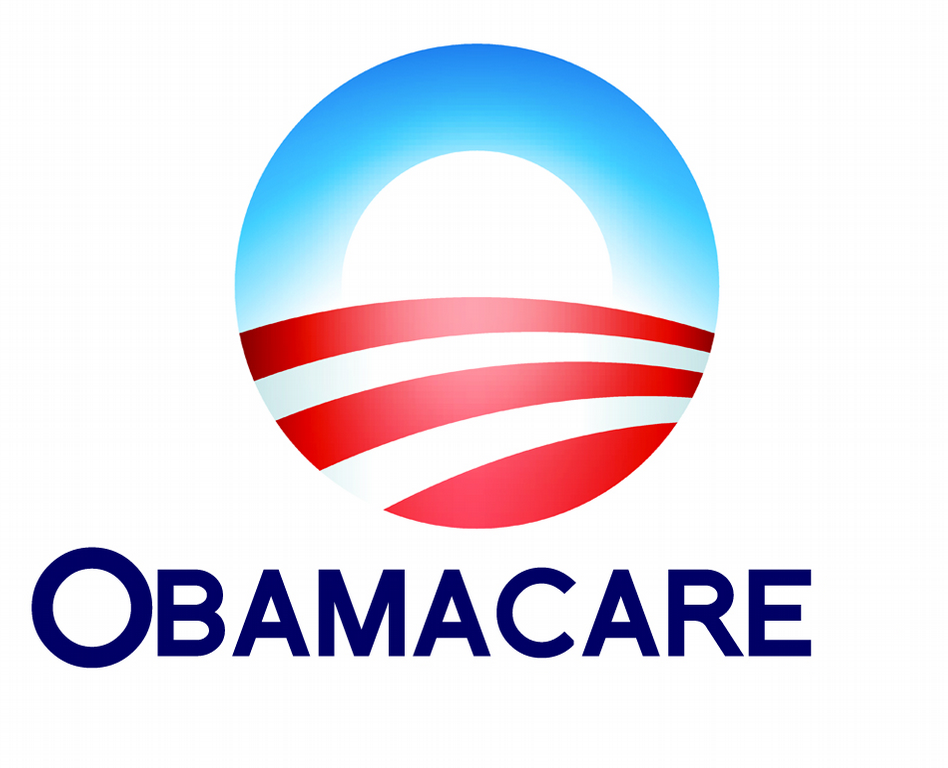In an earlier post (click here), I detailed my experience working through the Affordable Care Act (ACA) Marketplace. It was positive.
Slanted Anecdotes

We’ve all read/heard/watched plenty of “Obamacare” pieces from left and right sources ad nauseum. Before the last Presidential election, it was already past time where real information was available from ANY outlet.
So we pick a side, pick the corresponding news outlet and stick with what they say.
Rarely do the facts support the entirety of any report, but it’s exhausting trying to check facts ESPECIALLY when readily accessible “facts” are also suspect.
Who has time to check every news story? Nobody, apparently not even the people reporting those stories.
Just The Facts, Ma’am
I’ve had difficulty getting real facts and experiences from actual humans that went through the actual process from start to finish.
Many are employed by companies that supply them health benefits, so they don’t have to deal with it at all. Some don’t have to worry about it because they’re military/civil (or retired military/civil) or otherwise already covered on the government dime.
Very few people have actual experience with the ACA system that they are willing to share in detail.
I’ve also never met anyone who has seen a Sasquatch, but I’ve met a few that “know somebody that saw a Sasquatch.”
All I know for sure is what our experience is for our family and our business. Far from being a nightmare, it was both unchallenging and productive for our company and for individuals involved.
What follows are facts and figures that are 100% accurate.
The Notorious Website
To recap, I registered and logged in to the HealthCare.gov website with my new ID in 7 minutes, 43 seconds, including the time necessary to receive and reply to the verification email.

I continued my registration, entering income and deduction information and was presented with 111 options for healthcare insurance in another 12 minutes.
Less than twenty minutes, start to finish.
Every option presented was significantly less expensive than my current health insurance through our company. Most of the Platinum plans were significantly better coverage.
I didn’t select and pay for a plan because I wanted to continue health coverage through our company. That small business functionality is not available on the site, telephone and email work is required.
To The Phones
Here’s the fly in the ointment. Getting human contact with a person at Health Net (our selected provider) was more difficult than it should have been. Messages left and not returned, blah blah. You know the drill, it’s more frustrating than challenging, and it took nearly a full week to finally reach an account representative.
Once we had the correct person for small business accounts identified and contacted, it was pretty smooth sailing.
We weren’t starting from scratch, our company has been around for ten years and we’ve had health coverage all along. We know what works and what changes we wanted, so we used the features of our existing UnitedHealthcare coverage as a template.
The Results
-
UnitedHealthcare Obamacare Difference Office Visit (PCP): $30 $15 $15- (-50%) Office Visit (Specialist): $60 $30 $30- (-50%) Deductible: $2,500 $350 $2,150- (-86%) Annual Out of Pocket Limit: $2,500 $2,000 $500- (-20%) ER Visit OOP: $500 $200 $300- Labs OOP: 20% 0% -20% X-Rays OOP: 20% $50/day Apples/Oranges Life Insurance: $20,000 $15,000 $5,000- (-25%) Dental cleaning: 100% 100% same Dental office visits/routine: 80% 90% 10% Dental restoration: 50% 60% 10% Vision exam: 100% 100% same Vision glasses: Every 2 years Every year 100% Monthly Premium: $2,260.94 $1,275.42 $985.52- (-44%) Our company will be providing significantly better healthcare coverage for 44 percent less.
Had we, as a company, chosen to duplicate the current coverage we provide rather than substantially increase benefits, we could have saved over fifty percent (54%).
-
Individual Benefits Much Improved
Every out of pocket expense is reduced, so every employee will save money every year.
Dental coverage costs for each employee are reduced 10%.
Vision coverage is the same, except now glasses can be replaced twice as often.
Prescription coverage has the same “tiers”, but there are different formularies. It’s unlikely our physicians wouldn’t be able to prescribe within the formulary to maintain prescription costs where they are. It’s also unlikely the new plan will cut the out of pocket costs per prescription.
Life insurance is dropped $5,000, but that’s entirely acceptable considering it’s really only supplementary coverage.
Conclusion
As a company, we’re really happy being able to cut our healthcare costs nearly in half while providing better coverage.
As individuals, we’re really happy we can keep our existing physicians and will have a lot less money coming out of our wallets.
Ironically, since two of us registered on the Healthcare.gov site and then never completed the process purchasing, our positive experiences will probably be counted, statistically, as negatives: “X people registered, but only Y people bought insurance!”

Leave a Reply
You must be logged in to post a comment.